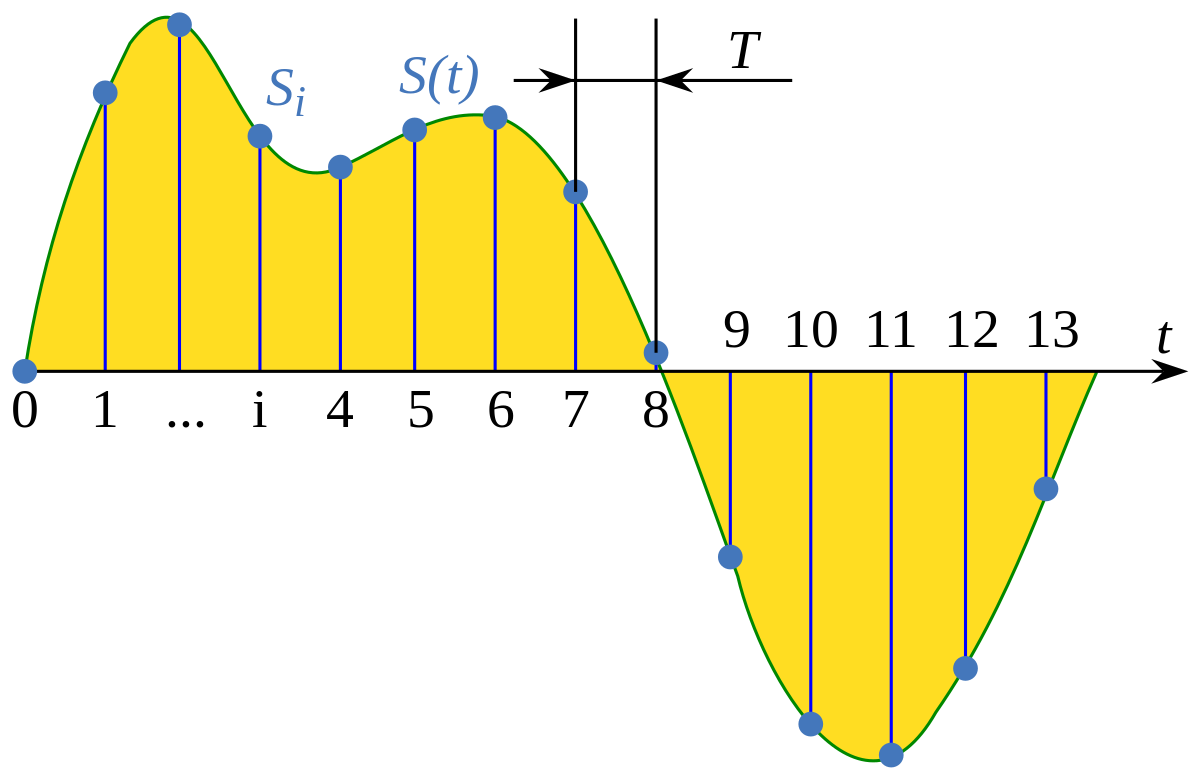Because someone is worried about the digital crossover design of JBL and Kali. ⇣
View attachment 356277
dabassgoesboomboom
I didn't read the thread thoroughly, but he is correct that with DSP controlled monitors the resolution will be re-sampled to whatever the bit depths and rates that the ADC and DAC in the monitors is capable of.
For example, you may start with a hi-res 24bit, 192kHz file, which is converted to analogue by your DAC, which then goes to your monitor, which then converts it to 24bit, 48kHz for DSP, then back to an analogue signal for the amps in the monitors.
Most of the pro-audio focussed brands, like Genelec, Dynaudio and Neumann, have moved to DSP for their latest models of active monitors. There are some exceptions like ATC, but it seems to be a trend.
If you read the specs of most speakers and monitors, most are incapable of producing sounds much above 20kHz, after all, no one can hear them anyway. So, there's little point using bit rates above 48kHz. On the other hand, as I understand it, a higher bit depth, either 24, 32 or 64bit, does allow for more headroom and more accurate DSP.


